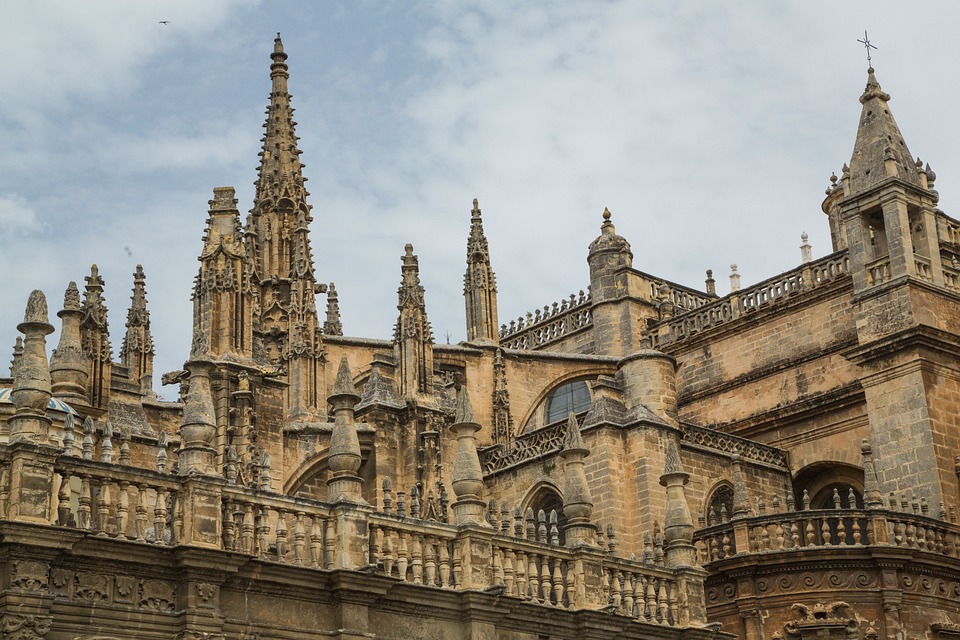Introduction
Sitges, located on the northeastern coastline of Spain, has undergone a remarkable transformation from a traditional and peaceful village to a vibrant and bohemian beach town. This evolution has attracted both locals and tourists alike, who come to experience its unique charm, rich history, and vibrant culture.
The Early Days
Originally founded in the 5th century during Roman times, Sitges was initially a small fishing village known for its agricultural activities. Through the centuries, it maintained its rustic charm and traditional way of life, with local residents deeply rooted in their customs and traditions.
The Artistic Influence
One of the pivotal moments in Sitges’ history came in the late 19th century when artists started to see the beauty and potential of the town’s stunning coastal landscapes. Painters, writers, and musicians flocked to Sitges, forming an artistic community that brought a wave of creativity and inspiration. The presence of these creatives infused Sitges with a bohemian spirit that still lingers to this day.
The Tourism Boom
As the 20th century progressed, Sitges gradually became a desirable tourist destination, thanks to its picturesque beaches, mild Mediterranean climate, and proximity to Barcelona. The town’s popularity skyrocketed, and its tourism industry flourished, leading to significant infrastructural developments in the form of hotels, restaurants, and entertainment establishments. Sitges started to attract visitors from all over the world, drawn to its lively atmosphere and distinct personality.
The LGBTQ+ Haven
In the 1970s, Sitges gained international recognition as a LGBTQ+ haven. The town’s acceptance of diversity, combined with its artistic roots and liberal social atmosphere, made it a magnet for the LGBTQ+ community. Sitges hosts one of the world’s largest gay pride festivals, with people flocking to its vibrant streets to celebrate equality and diversity. The LGBTQ+ community has played an integral role in shaping Sitges’ identity, transforming it into an inclusive and open-minded destination.
The Modern Sitges
Today, Sitges has blossomed into a cosmopolitan beach town, seamlessly blending its rich history with contemporary influences. The historic town center boasts charming narrow streets, quaint white houses, and picturesque churches, while the beachfront offers a vibrant array of bars, restaurants, and beach clubs. Visitors can immerse themselves in the local culture through the numerous festivals, art exhibitions, and concerts that take place throughout the year.
FAQs
1. What is the best time to visit Sitges?
The summer months, from June to September, are the peak tourist season in Sitges due to the warm weather and lively atmosphere. However, visiting during spring or fall can also offer a pleasant experience with fewer crowds.
2. Is Sitges family-friendly?
Absolutely! Sitges prides itself on being a family-friendly destination. The town offers numerous activities and attractions suitable for children, including safe and clean beaches, parks, and cultural events.
3. Can I easily access Sitges from Barcelona?
Yes, Sitges is conveniently located just 35 kilometers southwest of Barcelona. Regular train services connect the two cities, making it a short and enjoyable journey.
4. Is Sitges only popular among the LGBTQ+ community?
While Sitges gained its initial fame as an LGBTQ+ destination, it has since evolved into a beloved hotspot for all types of travelers. The town’s diverse and inclusive vibes attract people from all walks of life, ensuring a warm welcome to everyone.
5. What are some must-visit attractions in Sitges?
Some of Sitges’ must-visit attractions include the beautiful Sant Bartomeu i Santa Tecla Church, the Sitges Museum of Romanticism, the Maricel Museum, and the iconic Passeig Maritim promenade.
